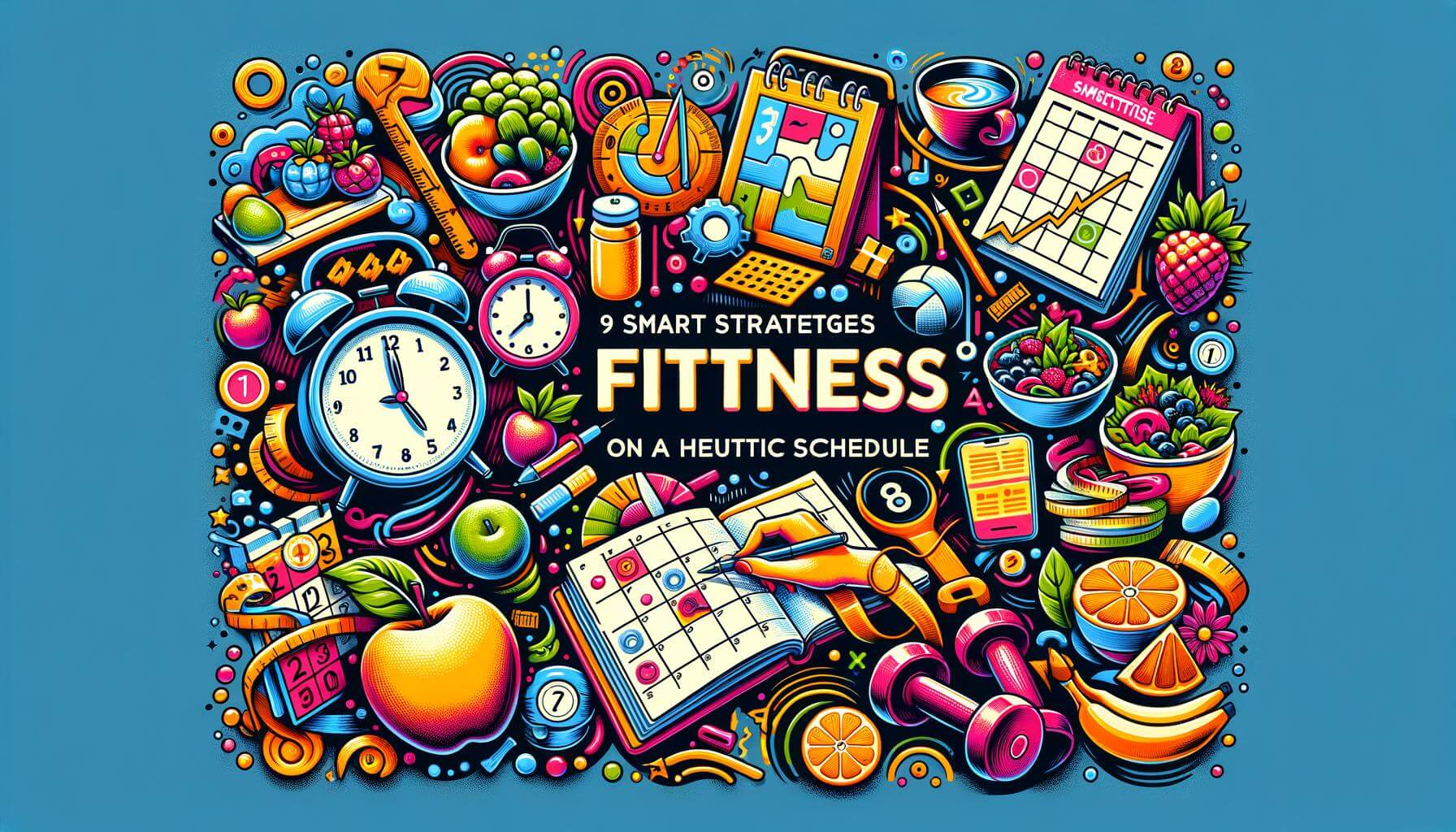
Maximizing Performance: Effective Lower Body Workouts for Runners
As a professional writer specializing in gym workouts, fitness, health, and exercises, I understand the importance of optimizing lower body workouts for runners. In this article, we will explore the most effective exercises and training techniques to improve lower body strength and endurance for runners. By incorporating these workouts into your training regimen, you can maximize your performance and achieve your fitness goals.
Benefits of Lower Body Workouts for Runners
Before we delve into specific exercises, let’s discuss the importance of lower body workouts for runners. Strong, well-conditioned lower body muscles are essential for running performance and injury prevention. Targeting the muscles in your legs, glutes, and hips can improve your running efficiency, speed, and overall endurance. Additionally, lower body strength training can help prevent common running injuries such as shin splints, knee pain, and IT band syndrome. By incorporating lower body workouts into your training routine, you can enhance your running performance and longevity in the sport.
Effective Lower Body Workouts for Runners
Squats
Squats are a fundamental lower body exercise that engage the quadriceps, hamstrings, glutes, and core muscles. Performing squats with proper form and technique can significantly improve lower body strength and power, which is crucial for runners. To perform a basic bodyweight squat, stand with your feet hip-width apart, bend your knees and hips, and lower your body into a seated position. Ensure that your knees track in line with your toes and keep your chest lifted throughout the movement. As you progress, you can add resistance by using a barbell, dumbbells, or kettlebells to increase the intensity of the exercise.
Lunges
Lunges are another effective lower body exercise that targets the quadriceps, hamstrings, glutes, and hip muscles. This unilateral movement helps improve balance, stability, and muscular symmetry in the lower body, which is beneficial for runners. To perform a lunge, step forward with one leg and lower your body until both knees are bent at a 90-degree angle. Push through your front heel to return to the starting position, then repeat the movement with the opposite leg. You can add variety to your lunges by incorporating walking lunges, reverse lunges, or adding resistance with dumbbells or a barbell.
Deadlifts
Deadlifts are a compound exercise that targets the hamstrings, glutes, lower back, and core muscles. This exercise helps improve lower body strength, posterior chain development, and overall muscle balance, which can benefit runners. When performing a deadlift, stand with your feet shoulder-width apart, hinge at the hips, and lower the weight (barbell, dumbbells, or kettlebells) toward the ground while keeping your back flat and core engaged. Push through your heels to return to a standing position, ensuring proper hip and knee extension. Deadlifts can be performed with various equipment and modifications to accommodate different fitness levels and goals.
Plyometric Exercises
Plyometric exercises such as box jumps, jump squats, and single-leg hops are valuable additions to a runner’s lower body workout routine. These explosive movements help improve lower body power, reactive strength, and neuromuscular coordination, which can translate to better running performance. Incorporating plyometric exercises into your training can help enhance your ability to generate force and speed during running strides. However, it’s essential to gradually progress and master the proper form of plyometric exercises to avoid injury and maximize their benefits.
Hill Sprints
In addition to traditional strength and power exercises, incorporating hill sprints into your training regimen can effectively challenge and strengthen the lower body muscles specific to running. Hill sprints are a high-intensity, anaerobic exercise that targets the quadriceps, glutes, calves, and hip flexors while also improving cardiovascular endurance. Find a steep incline or hill and perform short, maximal effort sprints up the hill, then walk or jog back down to recover. This repetitive cycle of sprinting and recovery can help improve lower body strength, explosiveness, and running economy.
Integration and Progression
To maximize the effectiveness of lower body workouts for runners, it’s essential to integrate these exercises into a well-rounded training program that includes running-specific workouts, mobility and flexibility training, and proper rest and recovery. Additionally, progressive overload and periodization should be incorporated into your lower body strength training to continually challenge and stimulate muscle adaptation. Varying the intensity, volume, and exercises over time can prevent plateaus and ensure continued improvements in lower body strength and running performance.
SuperBody App: Your Ultimate Fitness Companion
If you’re looking for a convenient and comprehensive tool to track your progress in the gym, access a library of exercises, and customize workout plans tailored to your goals, look no further than SuperBody. This user-friendly fitness app offers a range of features to support your fitness journey, from tracking your workouts and progress to providing expert guidance and motivation. Whether you’re a beginner or an experienced athlete, SuperBody can help you maximize your lower body workouts for running and elevate your overall fitness levels. Download SuperBody from the AppStore today and take your training to the next level.
In conclusion, effective lower body workouts are essential for runners seeking to enhance their performance, prevent injuries, and achieve their fitness goals. By incorporating exercises such as squats, lunges, deadlifts, plyometrics, and hill sprints into a well-rounded training program, runners can improve lower body strength, power, and endurance. Additionally, integrating these workouts with proper progression, integration, and rest can optimize the benefits of lower body strength training. With the right knowledge, dedication, and resources such as the SuperBody app, runners can maximize their performance and excel in their fitness pursuits.
